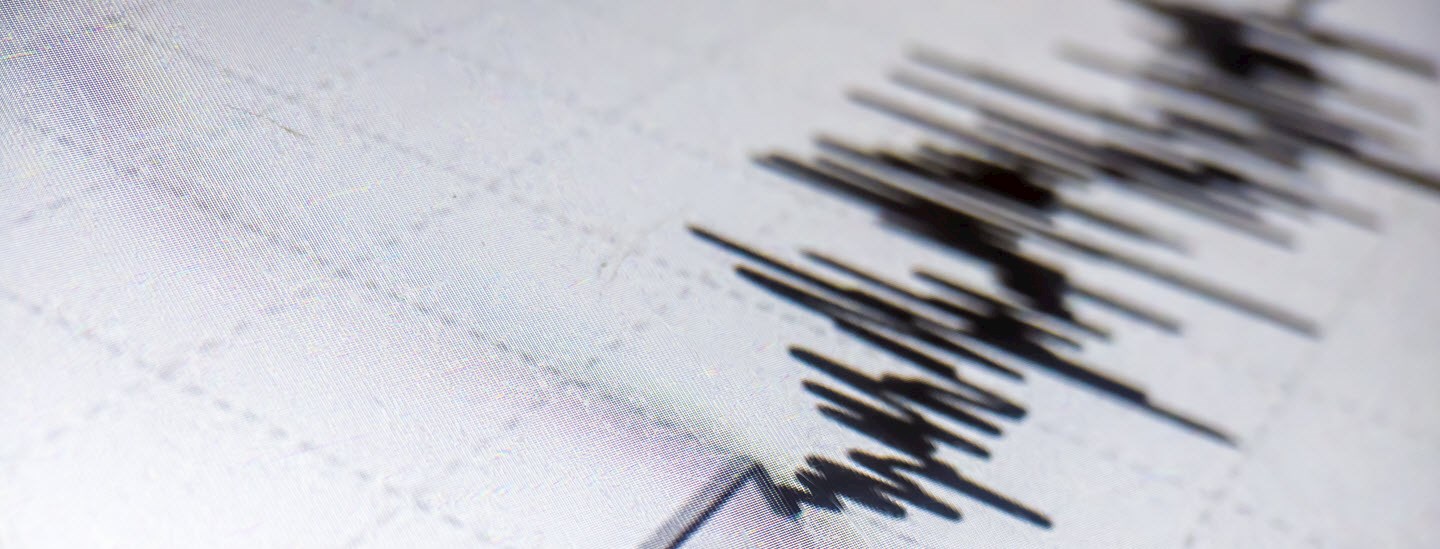Canada's earthquake risk
While Canada isn't known for being prone to earthquakes, Public Safety Canada reports that each year Canada experiences more than 50 earthquakes strong enough to be felt, and sensors record 1,400 smaller ones.
The West Coast and St. Lawrence Valley are the regions with the greatest risk of a major earthquake.
- The Queen Charlotte-Fairweather Fault extends more than 1,200 kilometers, from off the shore of Vancouver Island to the Fairweather Range in southeast Alaska. The fault is where the southeast-moving North American tectonic plate and northwest-moving Pacific plate slide against each other, sometimes triggering earthquakes — including Canada's largest recorded earthquake in 1949, which had a magnitude of 8.1.
- While earthquakes are less likely in eastern Canada, the region has several earthquake zones unrelated to tectonic plate activity, including the St. Lawrence Valley through Ontario and western Quebec.
Natural Resources Canada is developing a national earthquake early warning (EEW) system that will send an alert moments before an earthquake, so people can take immediate steps to protect themselves.


